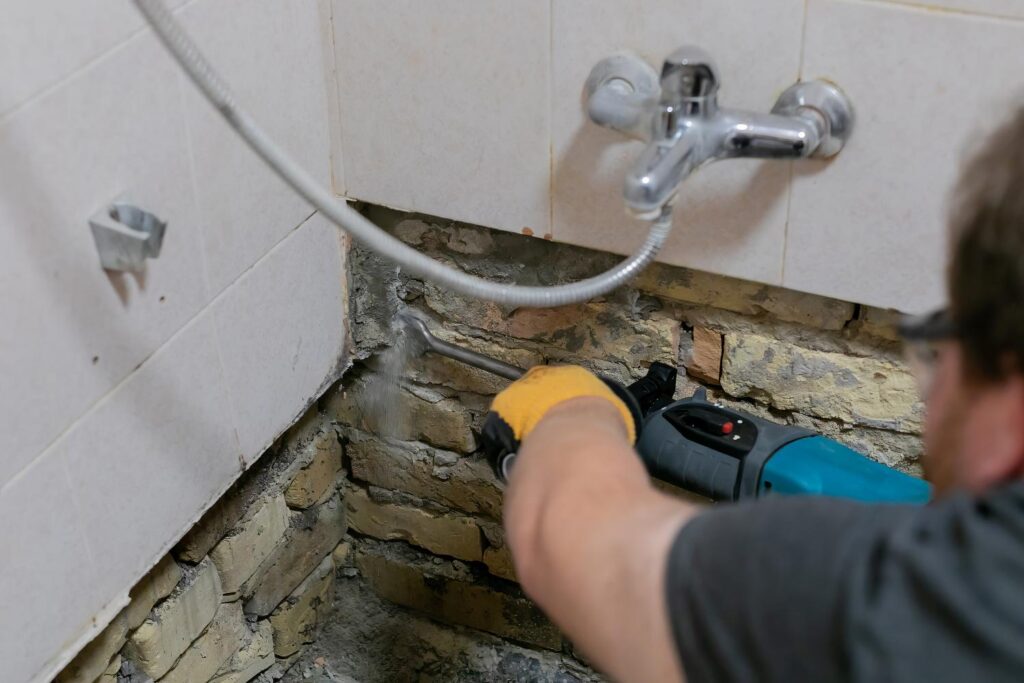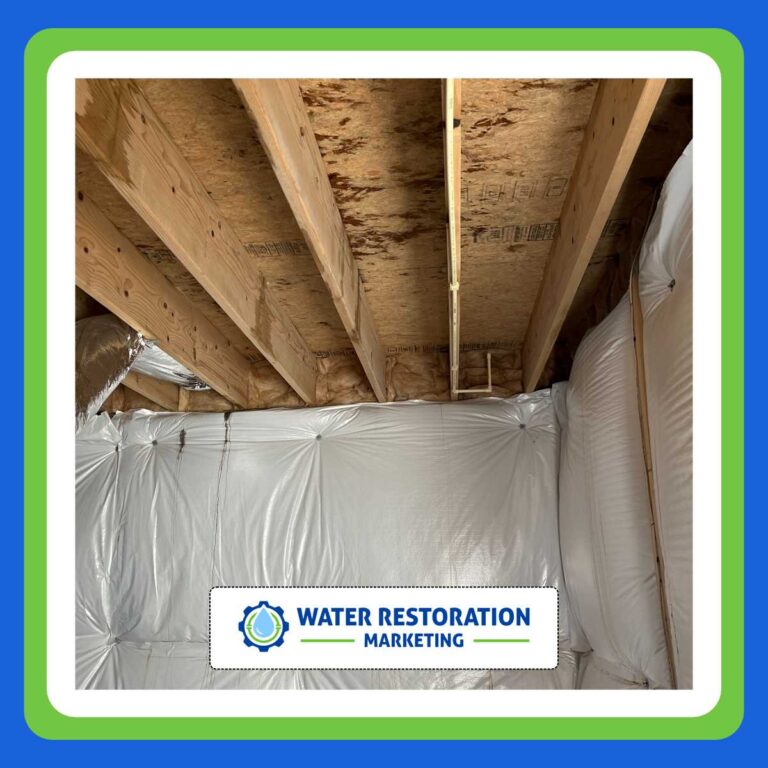
3 Best Google Ads Strategies for Restoration Services
When promoting your restoration services through Google Ads, understanding your audience is essential. You need to connect with homeowners facing specific challenges, whether it’s flood damage or fire restoration. Your ad copy must speak to their pain points while the visuals reinforce your brand identity. But that’s just the tip of the iceberg—there’s much more to maximizing your ad strategy that you won’t want to miss.
Key Takeaways
- Utilize geo-targeting to reach customers in areas prone to flooding or fire damage, ensuring ads are relevant to local issues.
- Craft compelling ad copy that addresses customer pain points directly, using persuasive language and relevant keywords for better engagement.
- Implement strong visual branding across all ads to enhance brand recognition, using consistent colors, fonts, and imagery that resonate with your audience.
- Design effective CTAs that create a sense of urgency, clearly indicating the desired action to improve conversion rates.
- Continuously test and optimize ad performance based on metrics, adjusting targeting and strategies to maximize effectiveness in high-demand areas.
Identifying Your Target Audience for Restoration Services
How can you effectively pinpoint your target audience for restoration services?
Begin with a thorough demographic analysis to gather insights about age, gender, location, and income levels. This data helps you understand who’s most likely to need your services.
Next, create detailed customer personas, which are fictional representations of your ideal clients based on that analysis.
For instance, a persona might be a middle-aged homeowner in a flood-prone area, looking for immediate restoration after water damage.
Crafting Compelling Ad Copy and Visuals
Understanding your target audience sets the stage for crafting compelling ad copy and visuals that truly resonate. To grab attention, focus on ad headline optimization—your headlines should be clear, persuasive, and include relevant keywords. This ensures potential customers immediately understand your services.
Next, employ visual branding techniques that reflect your business identity. Consistency in colors, fonts, and imagery fosters recognition and trust.
Here’s a helpful overview of key components:
| Element | Importance | Strategy |
|---|---|---|
| Ad Headlines | Attracts initial interest | Use keywords, address pain points |
| Visuals | Enhances brand recognition | Consistent branding across ads |
| Call-to-Action (CTA) | Drives conversions | Create urgency and clarity |
Utilizing Location-Based Targeting for Maximum Impact
Location-based targeting can greatly enhance your Google Ads strategy, especially for restoration services. By implementing geo-targeted ads, you can reach potential customers right when they need your services most.
Focus on areas that have a high likelihood of restoration needs, such as regions prone to flooding or fire damage. Tailor your ads to reflect local terminology and specific issues relevant to each area, making them more relatable and compelling.
You can also adjust your bids based on location, investing more in high-performing regions while minimizing spend in lower-demand areas. Utilizing location targeting enhances ad relevance and increases conversion rates, as users are more likely to engage with businesses located near them.
Review
In today’s competitive landscape, mastering Google Ads for restoration services is essential for thriving amidst adversity. By harnessing location-based targeting, you can connect with those in need, while compelling ad copy and visuals will resonate deeply, guiding them to take action. Embracing these strategies amplifies your reach and positions your brand as a beacon of hope during challenging times. With thoughtful execution, you’ll transform potential crises into opportunities for growth and connection.


